News
-
What Is a Knit Fabric?
Knit fabric is a textile that results from interlocking yarn together with long needles. Knit fabric falls into two categories: weft knitting and warp knitting. Weft knitting is a fabric knit in which the loops run back and forth, while warp knitting is a fabric knit in which the loops run up and...Read more -
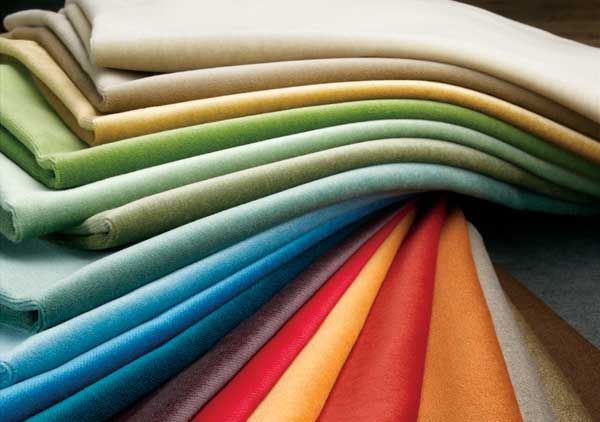
The advantages and disadvantages of velvets
Want to decorate your interiors in a different style? Then you should definitely use velvet fabrics this season. This is only because velvet is soft in nature and available in different colours. It gives any room that luxury feeling. This fabric is always outstanding and beautiful, which is liked...Read more -
What Is micro Velvet?
The term “velvety” means soft, and it takes its meaning from its namesake fabric: velvet. The soft, smooth fabric epitomizes luxury, with its smooth nap and shiny appearance. Velvet has been a fixture of fashion design and home decor for years, and its high-end feel and ...Read more -
Viscose Yarn
What is Viscose? Viscose is a semi-synthetic fibre which was earlier known as viscose rayon. The Yarn is made of cellulose fibre which is regenerated. Many products are made with this fibre because it is smooth and cool as compared to other fibres. It is highly absorbent and it is very similar to...Read more -
What is Open-End Yarn?
Open-end yarn is the type of yarn that can be produced without using a spindle. The spindle is one of the core components of yarn making. We get open-end yarn by using a process called open end spinning. And its also known as OE Yarn. Repeatedly drawing a yarn stretched into the rotor produces op...Read more -
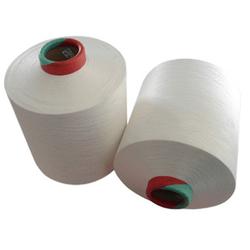
Open-end Cotton Yarn
Properties of Open-end cotton yarn and Fabric As a result of the structural difference, a portion of the properties of this yarn are altogether different from those conventionally delivered yarns. In a few regards cotton open-end yarns are undeniably better; in others they are second rate or if n...Read more -
What is Lyocell?
lyocell: In 1989, the nternational Bureau Man-Made dairy produce, BISFA officially named the fibre produced by the process as “Lyocell”. “Lyo” is derived from the Greek word “Lyein”, which means dissolution, and “Cell” is from the beginning of the E...Read more -

More Questions & Answers about Hemp Yarn
If you’re just looking for a quick answer to a specific question about hemp yarn, here’s a list of the commonly asked questions and quick answers to those questions. What can you knit with hemp yarn? Hemp is a strong, inelastic yarn that’s great for market bags and home ...Read more -

9 Secrets About Cotton Yarn that Nobody Will Tell You
Cotton Yarn Guide: Everything You Need to Know 1.WHY IS COTTON YARN POPULAR? Cotton yarn is soft, breathable and so versatile for knitters! This natural plant-based fiber is one of the oldest known materials and remains a staple in the knitting industry today. Mass produ...Read more -
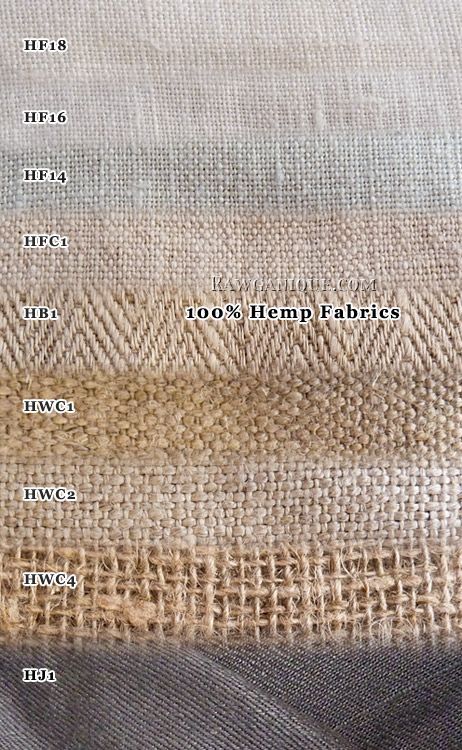
What Is Hemp Fabric?
Hemp fabric is a type of textile that is made using fibers from the stalks of the Cannabis sativa plant. This plant has been recognized as a source of extraordinarily tensile and durable textile fibers for millennia, but the psychoactive qualities of Cannabis sativa have recently made it harder f...Read more -
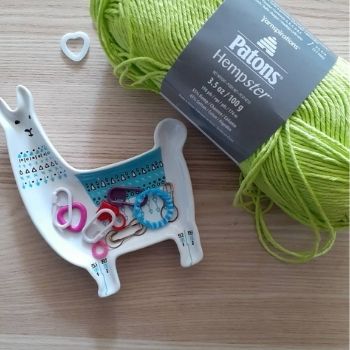
What is hemp yarn good for?
Hemp yarn is a less-common relative of other plant fibers that are often used for knitting (the most common are cotton and linen). It has some disadvantages but can also be a great choice for certain projects (it’s fabulous for knit market bags and, when blended with cotton it makes great dishclo...Read more -
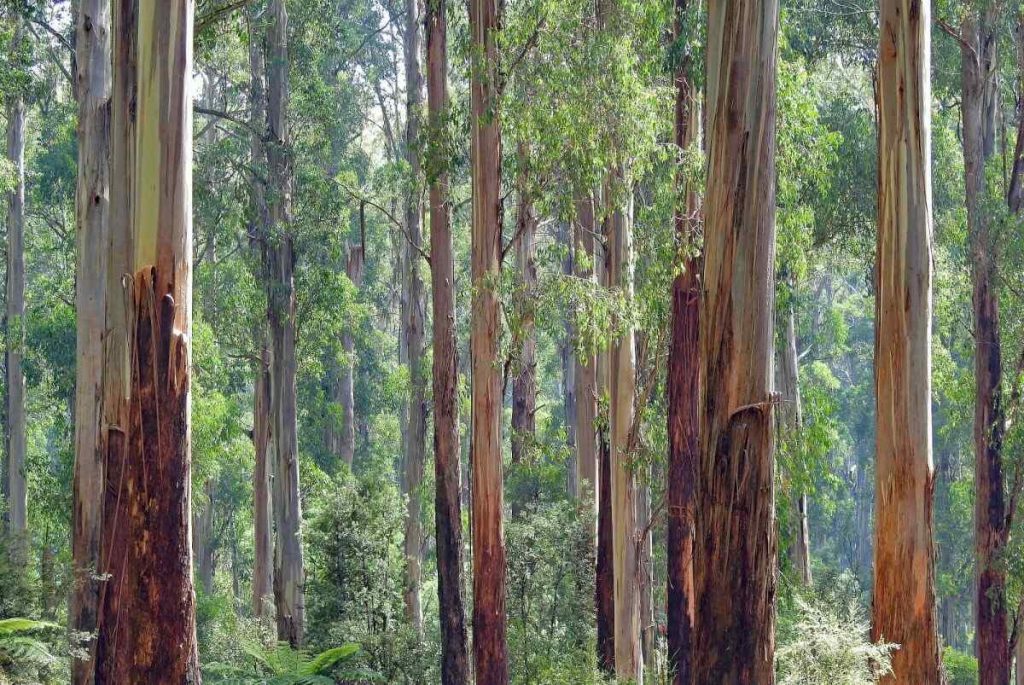
WHAT IS LYOCELL MADE WITH?
Like many other fabrics, lyocell is made from a cellulose fiber. It is produced by dissolving wood pulp with an NMMO (N-Methylmorpholine N-oxide) solvent, which is far less toxic than traditional sodium hydroxide solvents. This dissolves the pulp into a clear liquid which, when forced through t...Read more
